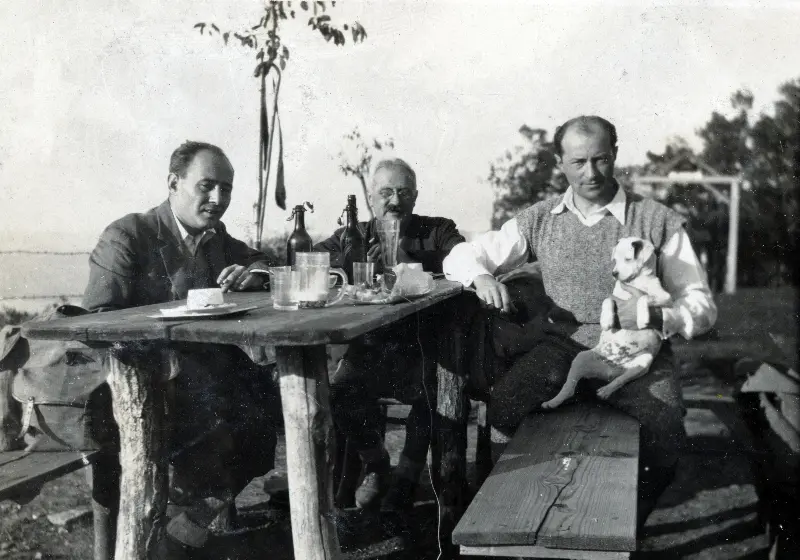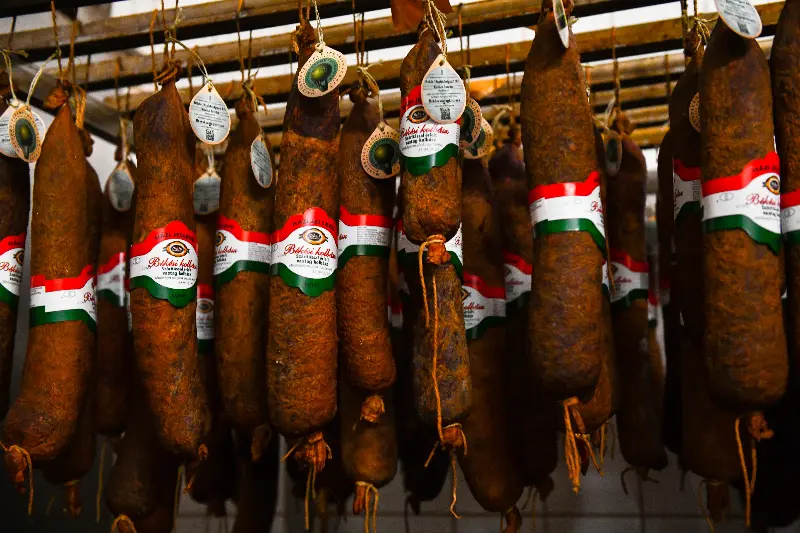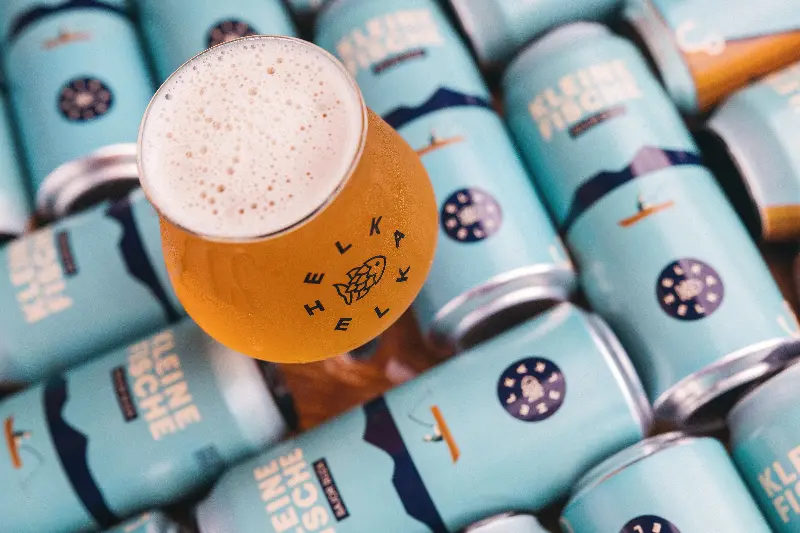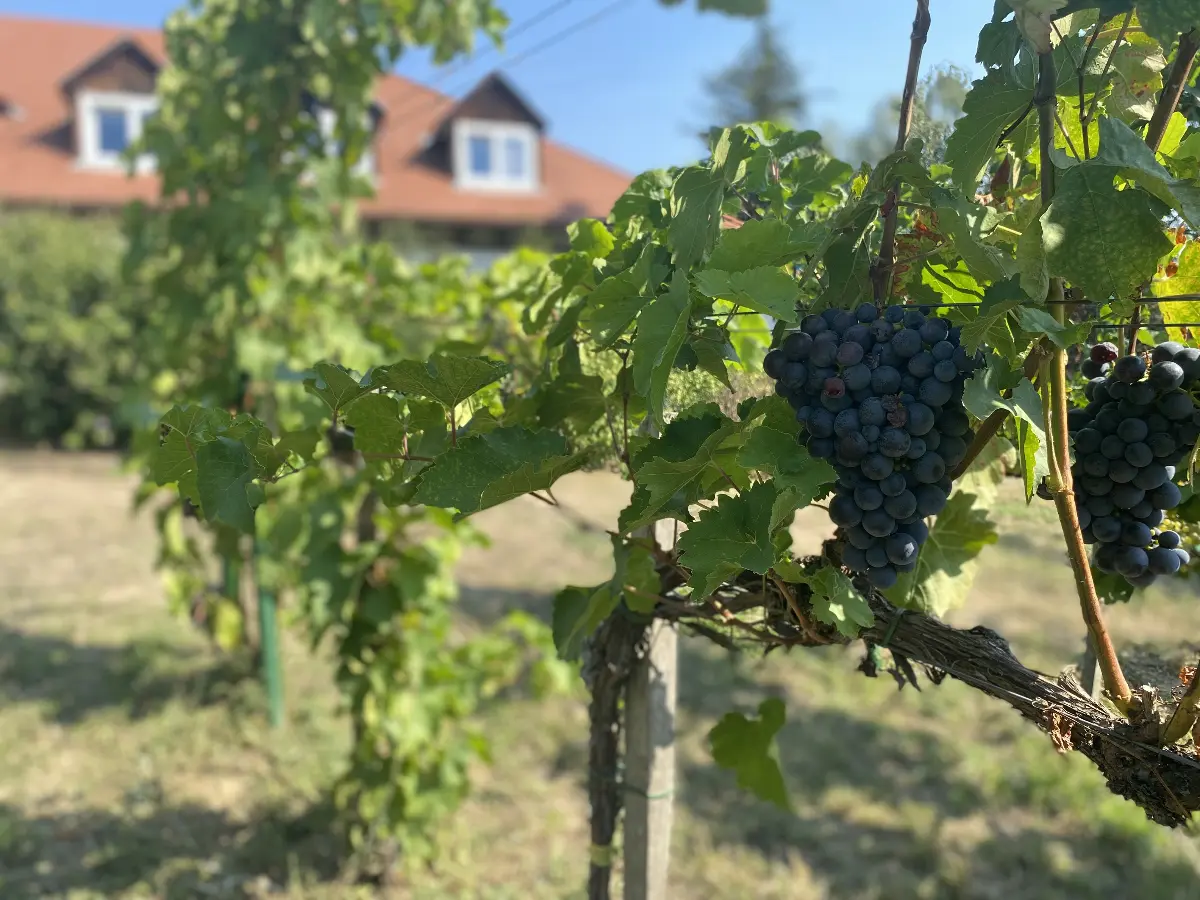
Helyszín címkék:
A genie in a bottle, or: let's look for native wines!
Francisck Réka Alíz
There is nothing new under the sun - we say when the news reports about the rediscovery of a long-forgotten method. Could this also be true for the exciting world of wines and grape varieties? Among other things, we asked Gabriella Mészáros, co-founder of the Hungarian Wine Association, about this. "The wines made from autochthonous, otherwise known as indigenous grape varieties are part of our cultural heritage, and they are also special and exciting, which can offer even more pleasure to the truly discerning wine drinker than the 200th cabernet sauvignon," says the specialist. "The essence of autochthonous varieties is that their formation, i.e. their genetic stock, can be linked to a well-defined production area. The Carpathian Basin is such an absolutely natural unit." According to Gabriella Mészáros, it is now possible to carry out DNA tests that can be used to trace the relatives of almost every grape variety. "This also revealed that furmint actually belongs to the great aristocrats of white grape varieties, it is related to the Germans' favourite Riesling, the French Chenin Blanc, but it is cousin to pinot noir, the queen of grape varieties in a good sense."
American root louse and the immune sand
The phylloxera disease, which most likely spread from the Bordeaux area around the middle of the 19th century, destroyed most of the wine regions throughout Europe, and later those of other continents of the world. “In practice, this was the turning point when the previously traditionally grown grape varieties developed in the Carpathian Basin had to be partially or even completely replaced. Since the root louse completely destroyed the plantations, planting had to be started from the beginning," says Gabriella Mészáros. "Learning from the experience, new areas were occupied as well: that is when grapes were planted in the Great Plains, where phylloxera does not survive because it cannot tolerate sand. But at that time, the previously typical grape varieties were no longer planted, so the bakator, the csókaszőlő, the laska, the geniculate kolontár and the wild black - to name just a few of the many, sometimes strange-sounding names - mostly disappeared. Those who became interested in these species, or in the topic at all, found this information in the volumes of contemporary farm historians, or even philosophers and writers, for example from the statistics of Elek Fényes, the writings of Mátyás Bél about Hungary, and the writings of Károly Eötvös or Dr. János Jankó focusing on Balaton. Instead of the old grape varieties, mostly French ones came, and varieties native almost everywhere in the Carpathian basin, which can be found in today's Croatia as well as in Austria." At the same time, Gabriella Mészáros points out that certain grape varieties, which most likely originated here in our country, for example the furmint and its offspring, the hárslevelű, somehow survived. Ezerjó, juhfark and kéknyelű also remained, as well as to some extent kövidinka and sárfehér - we were and are quite well supplied with white grapes - it is true that the production area for these is quite small. The problem with blue grapes is a bit bigger, simply because the world fashion of the last 30-40 years has gone towards a red wine range based mostly on French varieties, which we here in the Carpathian Basin could not accomplish with our old, traditional grape varieties. I am talking about the great types, cabernet sauvignon, cabernet franc, merlot, or syrah varieties that produce relatively heavy-bodied wines. They can be found everywhere in the world and a significant part of red wines is made from them in Europe and overseas."
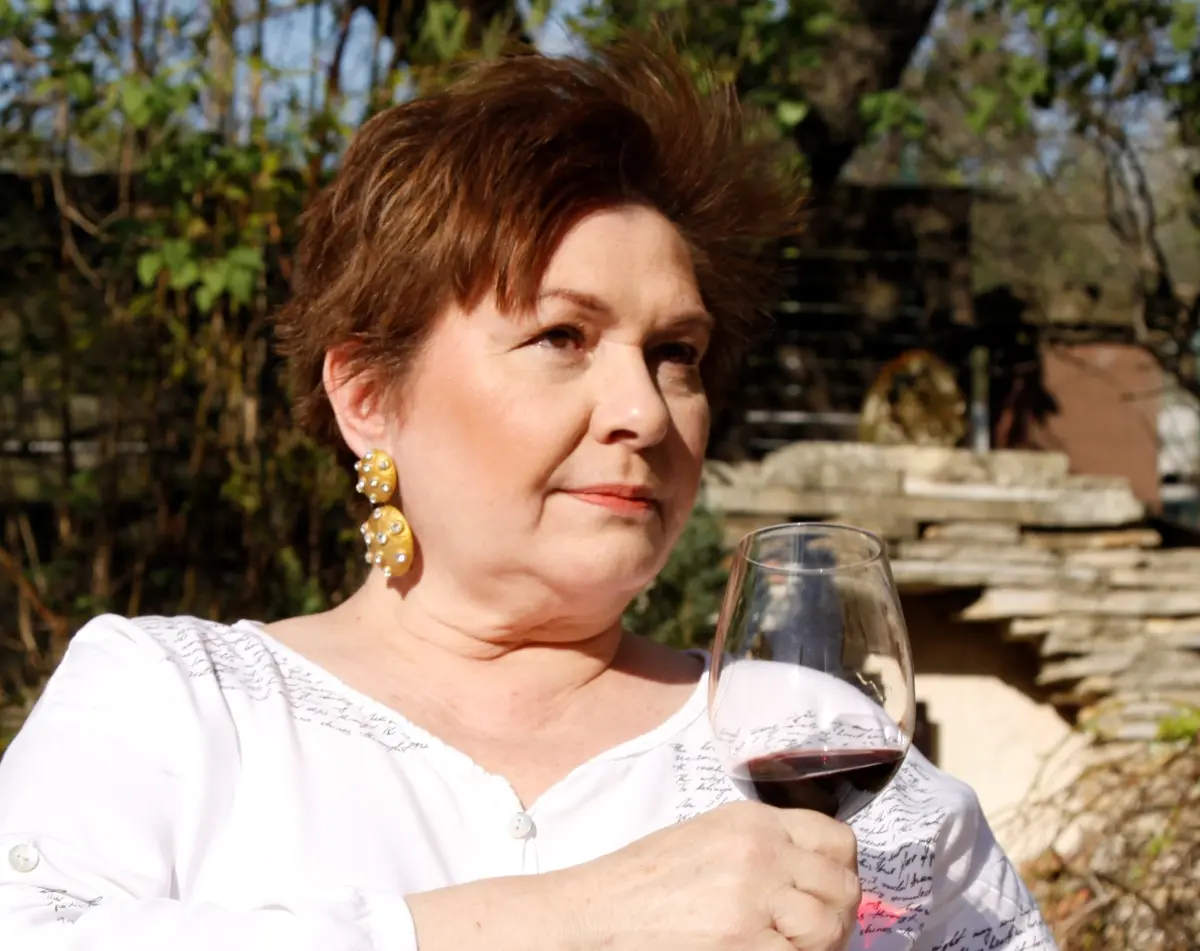
Kadarka and others
According to Gabriella Mészáros, the wild black or Kadarka, giving lighter wine, could be the first blue grape variety to appear in the Carpathian Basin. "Strictly speaking, Kadarka is not native to our country, but over the past 450 years, it has become adherent to us to such an extent that the industry regards it as a Hungarian blue grape variety. The Serbians, Bunjevci and other southern peoples fleeing the Turks brought it with them and started growing it in the Carpathian Basin. In the days before Trianon, we had about 400,000 hectares of vineyards, and almost 80% of them produced Kadarka. By now, its production area has fallen below 300 hectares," Gabriella Mészáros reveals the depressing figure. "It is quite difficult to deal with it, many farmers think they do not have time for it. But fortunately, there are enthusiastic winemakers who have encouraged Kadarka. Csókaszőlő is an equally exciting variety - which is sometimes confused with wild black - but in fact together these two produced wines such as the famous and very popular wine of the Buda wine region, the "Sashegyi veres". At the time, when even the Tabán was decorated with beautiful vineyards, red wines of Buda were offered under this name. Kadarka aszú from Szentendre was also highly sought after, and at the same time one of the most expensive domestic wines. I hope that, in addition to the kadarka, the csókaszőlő, the laska, which is poking its head out of the ground again, or the purcsin from Tokaj-Hegyalja will also be able to return to the domestic offer."
Demand and supply
"There are several dedicated winemakers who feel it is their mission to work with these varieties, but it is part of the truth that making these wines is not that simple and not that economical," reveals Gabriella Mészáros. "The range of consumers is also relatively narrow. There is a need for information of such an extent as a result of which Hungarian consumers take such wines instead of chardonnay and cabernet sauvignon, and educational campaigns aimed at them should ideally go hand-in-hand with the fact that winemakers who adopt old Hungarian grape varieties are given more and more opportunities to introduce themselves. In addition to winemakers and consumers, as well as those active in domestic wine marketing, if retailers are also involved in such campaigns, it can have a beneficial effect."
Where can we taste local wines?
According to Gabriella Mészáros, it is important to give as much space as possible to initiatives that encourage both wine lovers and winemakers to pay attention to indigenous varieties. "There are events that were created specifically for this purpose, such as the Juhfark festival in Somló, which is organized at the beginning of September, the Furmint February, which has also become a tradition, or the Volcanic Wine Festival in Gyöngyöspata," lists the specialist, who herself often organizes smaller -larger number of wine tastings with an indigenous focus. "On Transdanubia, in Sümeg, a team specifically focusing on natural wines organizes regular wine tastings, and in this framework you can find native varieties. Last year, the Badacsony Vineyard Association, the Badacsony Research Station of the MATE Viticulture and Winery Institute, and the Vinum Vulcanum Badacsony Wine Order of Knighthood organized the largest kéknyelű tasting to date. I hope this also will become a tradition. Badacsony is doing a lot to ensure that the kéknyelű can survive.
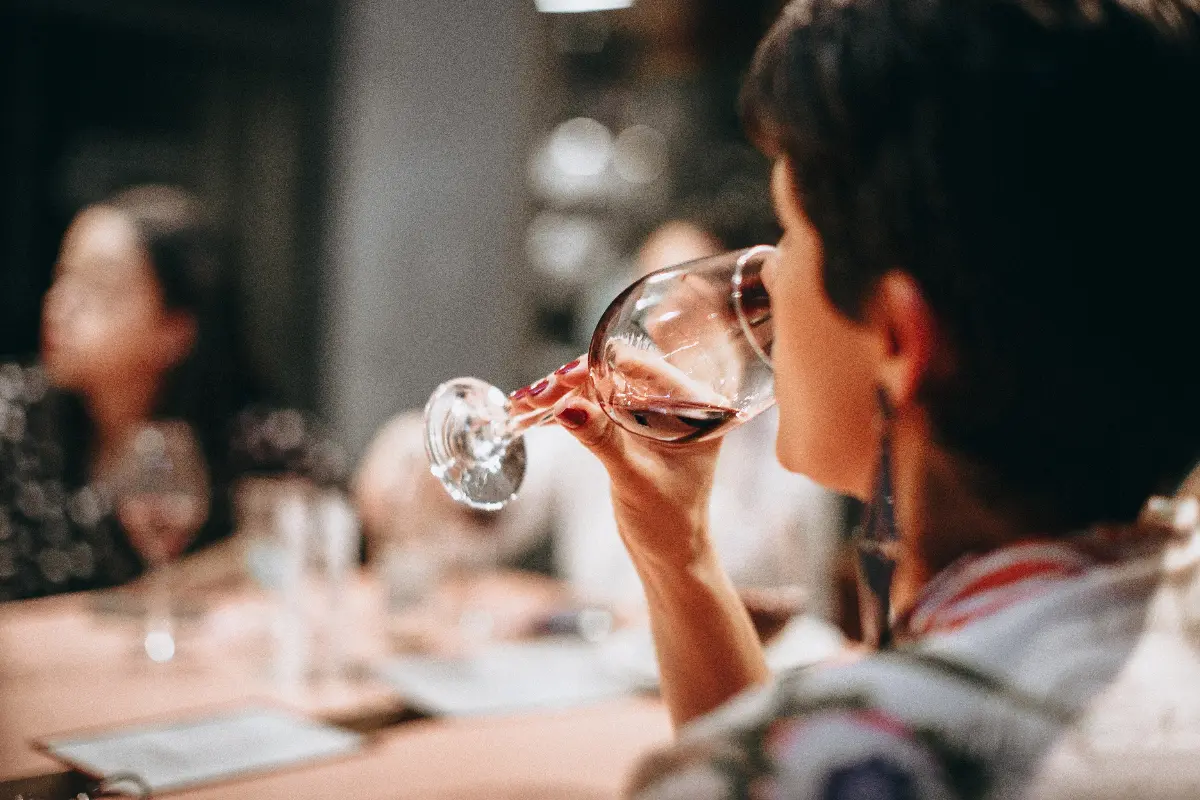
Wine pioneers
According to Gabriella Mészáros, in the resurgence of autochthonous varieties, mostly rather small winemakers, who produce on a few hectares, have a big role to play, who, on the one hand, can rely on the adulterant stock of the Pécs Research Institute, or make a pilgrimage to József Szentesi's estate in Pázmánd as in their cellars you can taste several varieties of wines made from extinct grape varieties, since ten years ago they decided to try to collect as many old varieties from the Carpathian Basin as possible, and they successfully collected varieties such as blue from Tihany or blue from Tarcal kék. "In order to establish the best associations between production area and grape variety, serious research work must be carried out. At the very beginning of the 90s, Burgenland producer Franz Weninger shocked many people when he sent soil samples to several French research institutes and started planting grapes based on the data he received back - but thus he was the first to produce beautiful Kékfrankos in Balf. His example also shows that it is not worth just starting to plant at random: you also need to assess conditions such as the wind direction, or the water-holding capacity and mineral content of the soil. In order for the farmer and the vineyard to live peacefully side by side, it is important that the grapes get what they need - and so there is a chance that something wonderful will be born. And if I mentioned the kékfrankos: this and the Zweigelt are already there, along with furmint, in well-known foreign restaurants, from America to Japan, as curiosities.”
"In my opinion, a Hungarian winery has a much better chance of entering such places with a special, indigenous wine than with a chardonnay produced in Hungary.”
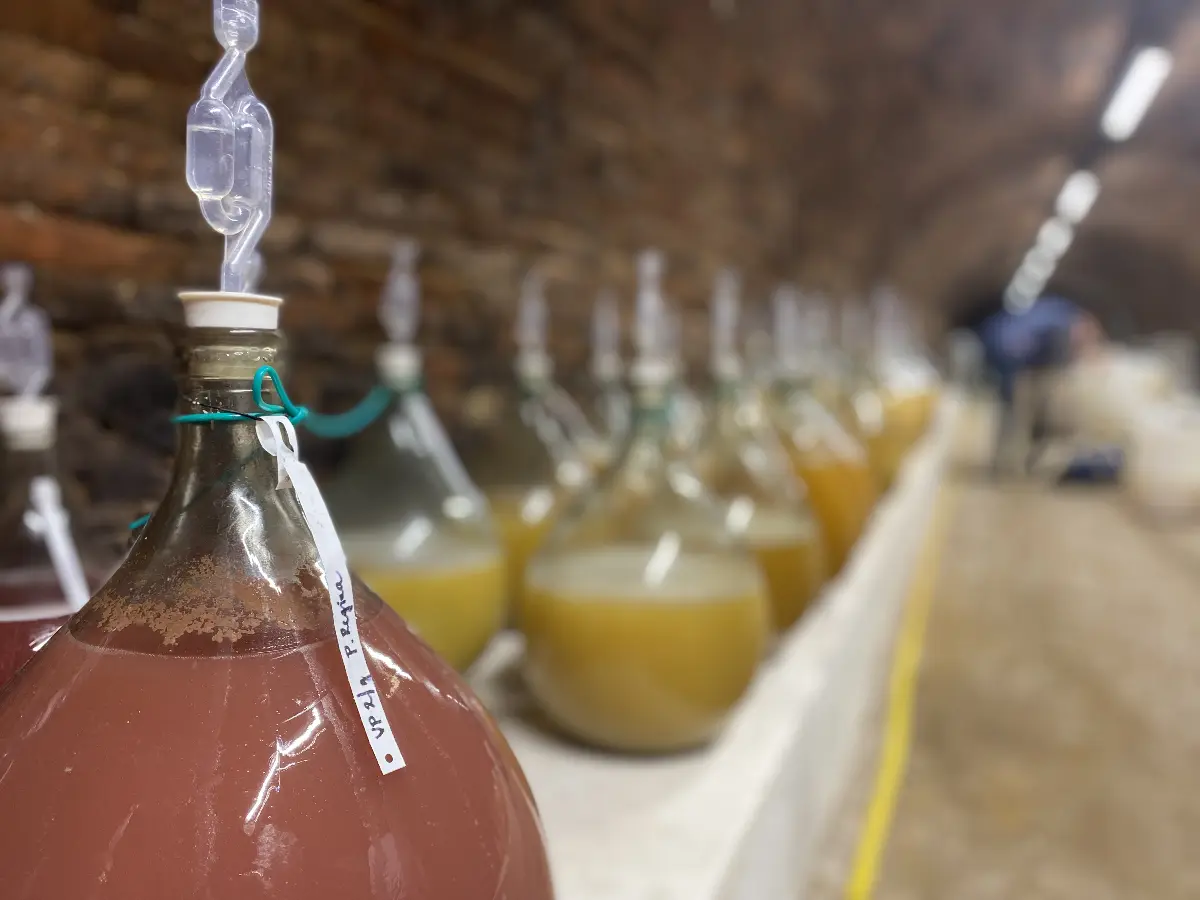
Climate protection and spritzer
"Restaurants based on local farmers and producers are receiving increasing attention on the international and more and more on the domestic scene, where it is absolutely expected that the raw material of the wine served with the food be organic, with as little intervention as possible. Our wines made from our indigenous grape varieties are just like that.
Behind such quality wines, we usually find a dedicated and demanding producer, as well as presumably an excellent growing area and environmental awareness.
The consumption of these wines can also be perfectly integrated into the slow food concept by responsible people who focus on the offer of the Hungarian forests and fields," notes Gabriella Mészáros. "The effects of global warming are increasingly felt in the wine industry as well. Within 50 years, the limits of grape production will apparently be pushed towards cooler areas, for example, the alarm bells have been ringing over Champagne for years." She adds: "No one should think that by drinking alcohol-free or reduced-alcohol drinks, our ecological footprint will be smaller. However, it is difficult to imagine a healthier alcoholic drink than quality wine: it is made from grapes, from which a discerning winemaker does not take anything away and does not add anything to it. And in the summer heat, spritzer can be the most refreshing drink possible."
Acid structure and party game
According to Gabriella Mészáros, the Carpathian basin has the unheard-of advantage that wines with an excellent acid structure can still be made in most of the growing areas, so the wines made here have such a zest that goes well with food. "It is hard to do with those wines on the table that do not have a serious structure, because the food will kill it," she says, then shares some tips: "Dry white wines from our volcanic grape-growing areas are excellent for dishes with cabbage, for example, in my house wines from Somló are always on the table with stuffed cabbage. Also, goose liver or duck liver and Tokaji aszú or a nice szamorodni are an eternal pairing. I encourage everyone to experiment to their heart's content, as wine-food pairing, blind test at home, with friends, is a very good party game! And it is best if we include more and more special, indigenous varieties in these games, or just to accompany our conversations. Furthermore, I cannot emphasize enough how worthwhile it is to personally visit the wineries and taste on site, so that we can also have the opportunity to get to know the winemakers in person."
